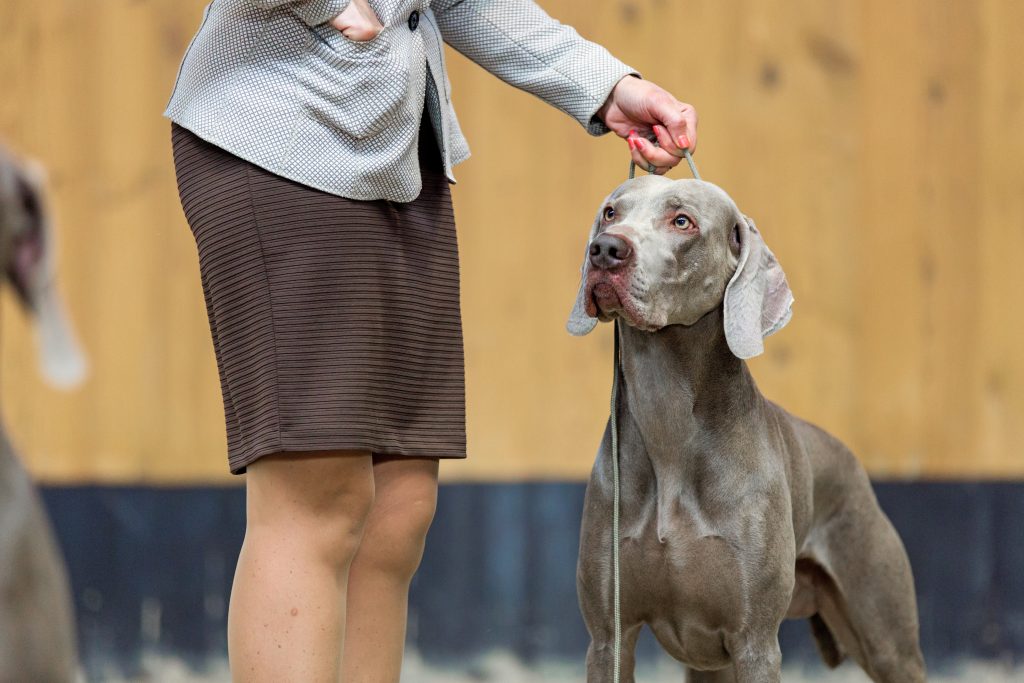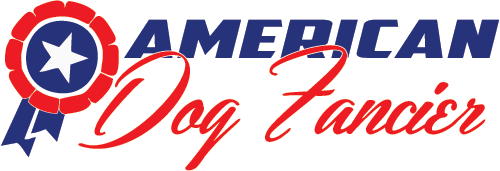Starting in Showing, Part 1
By Jessica Freni
Getting started in showing dogs can seem confusing, intimidating or overwhelming, but it should be fun! Conformation isn’t quite so hard as it first seems if you start out with a plan and strong foundation and a bit of knowledge/preparation beforehand. A breeder mentor is a great tool in your toolkit that is often overlooked.
- Set yourself up for success before you ever get in the ring. Find a breeder who is already successful in the areas you want to compete (so in AKC conformation ideally you want a breeder currently titling their dogs in this venue). Be honest about your intentions, experience and goals. Attend shows, meet breed communities, breeders and their dogs. Wait for the right breeder who can mentor and match you to the right show prospect. Yes, show dogs can come from “pet” or “performance ” lines or unlikely scenarios, but you will enjoy your experience better starting out with a knowledgeable breeder and a puppy selected for the appropriate role. Co- owns are not uncommon with those starting out and may vary breeder to breeder, particularly on dogs with full registration.
Don’t forget- Your puppy will need full registration and to remain intact.
- Handling helps! Don’t underestimate the value of handling classes for both handler and dog. Even if the classes are less instructional and more “drop in” style it is still beneficial to you both to learn the idea of ring procedure, to have others go over your dog, to meet those in your show community and practice with your show equipment. It’s a great idea to meet and make friends outside your breed who can help you ringside and be a support system.
Don’t forget- It’s a good idea to get comfortable with your equipment before a show, this means shoes for you and the lead you plan to use for your dog. A show is not the ideal place to try to break in new shoes or experiment with a new collar.
- Only enter one class. This is a common area of confusion, especially those new to showing dogs who have experience showing horses. Do not enter each and every class your dog is eligible for! Entering multiple classes will not only actually jeopardize your chance of going to Winners, but messes with the point counts. If you enter more than one class, you need to win each and every class, if you do not you cannot go on to winners at all. A great path is to start with age-appropriate classes then move on to open after that.
Don’t forget- If you are eligible for NOHS (Owner handled) you must check that box in addition to a regular class, ex your puppy is 7 months old and you are an owner handler, you enter a regular 6-9 puppy class and check the owner handler box.
- Plan your time. Check your judging program, have an idea of the number of breeds and dogs ahead of you. Generally, there are about 2 minutes per dog, but do not assume every dog is present or that the ring is running on time. Rings can start late, but they cannot start judging earlier than the block of assignments. Get ringside with enough time to get your dog acclimated, yourself comfortable, pickup your number, but without impeding traffic of breeds needing to get in and out of the ring. Don’t forget- By getting to your ring time a little early you will have the opportunity to watch the judge’s ring procedure and familiarize yourself.
- In the ring- Listen to the stewards. Be ready when your class and number is called. Be aware of others in your class, their numbers and don’t crowd or run up other people or dogs. Listen to the judge’s instructions. Congratulate others and exhibit good sportsmanship in the ring. Leave the ring promptly and move out of the way, but do not wander off or be socializing where you’re not ready if you get called back in.
Don’t forget- It’s just a dog show! Breathe. Have fun and remember that a smile goes down the lead!
What are some other common mistakes, frequently asked questions or helpful advice do you have for newer exhibitors?


